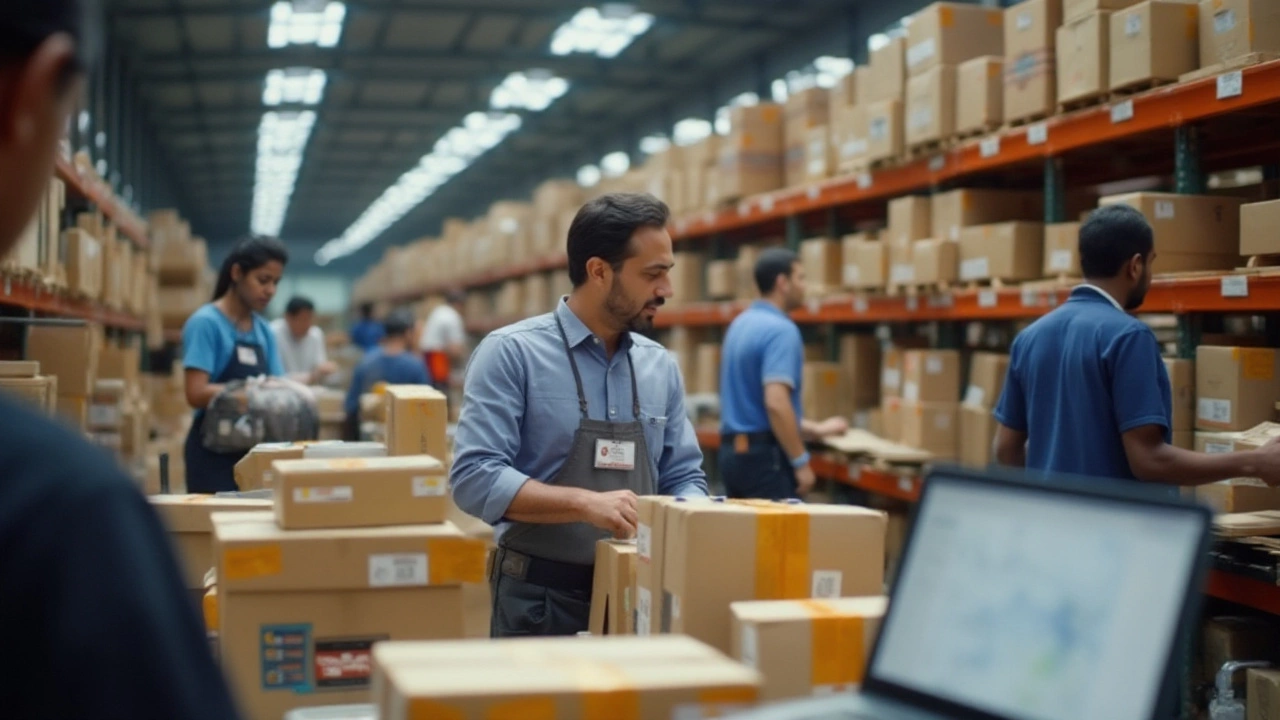Shipping Options: Find the Right Method for Your Business
Choosing how to move a package can feel like a maze, especially when you’ve got deadlines, budgets, and customer expectations to juggle. The good news? You don’t need a logistics degree to get it right. Below we break down the most common shipping choices and give you practical pointers for picking the one that fits your order.
Common Shipping Methods
First‑mile to last‑mile, there are a few go‑to options most businesses use. International shipping is the big one when you’re sending goods across borders. Companies like DHL, FedEx, and UPS offer door‑to‑door service, customs handling, and tracking, but rates can jump quickly if the package is heavy or the destination is remote.
If speed matters more than cost, overnight and next‑day delivery step in. Services such as FedEx Overnight, UPS Next Day Air, and USPS Priority Mail Express promise delivery by the next business day, often with a clear cut‑off time you need to hit. Knowing those cut‑off times helps you avoid missing the window and paying extra fees.
For those who need a balance of speed and price, 2‑day priority mail and similar services are solid choices. They’re slower than overnight but still fast enough for most e‑commerce promises.
When you want the courier to come to you, courier collection services let you schedule a pickup at your office or warehouse. This saves a trip to the post office and lets you control when the parcel leaves your site. Most major carriers offer online booking, and you can often print a label in seconds.
Finally, last‑mile delivery covers the final stretch from a local hub to the customer’s door. Companies like Amazon Logistics, local bike couriers, or even crowdsourced drivers can handle this step, often providing real‑time tracking that keeps buyers informed.
How to Pick the Best Option
Start with the package size and weight. Heavy items usually cost more on air freight, so a ground service might save you cash without hurting delivery time if the distance isn’t huge.
Next, look at the destination. Domestic shipments are straightforward, but international moves need customs paperwork. Some carriers include customs clearance in the price, while others charge extra later.
Consider your customer’s expectations. If you sell perishable goods or promise “fast shipping,” you’ll need an overnight or same‑day service. For non‑urgent items, a standard or economy option can keep margins healthy.
Don’t forget the cut‑off times. Miss a nightly deadline and you might be pushed to the next day, which can upset customers and add hidden fees. Keep a quick reference list of the major carriers’ cut‑off windows.
Lastly, factor in tracking and insurance. High‑value shipments deserve a carrier with robust tracking and optional coverage. Many logistics platforms let you compare rates, services, and reviews in one place, making the decision faster.
By matching the shipment’s characteristics with the right service—whether it’s an international courier, an overnight express, a scheduled collection, or a local last‑mile partner—you’ll keep costs low, delivery times short, and customers happy.
Got a specific scenario you’re wrestling with? Drop a comment, and we’ll walk through the best shipping mix for your business.
What Is E‑commerce Delivery? Definition, Steps, Options, and Best Practices (2025 Guide)
Clear, plain-English guide to e‑commerce delivery: what it is, how it works, options, costs, KPIs, and practical steps to set it up right in 2025, with UK‑friendly examples.
Read MoreUnderstanding Priority Mail Express: 1-Day vs. 2-Day Shipping
Navigating the world of fast shipping can be tricky. Priority Mail Express offers two main choices for customers needing speedy delivery: the 1-Day and 2-Day services. This article explains the differences between these two options, examines what each service offers, and provides tips on deciding which is best for your needs. Save time and money by understanding these key distinctions.
Read MoreChoosing the Best Shipping Company for Your Ecommerce Business
Choosing the right shipping company is crucial for any e-commerce business aiming to provide impeccable delivery service. This article explores the top shipping companies, comparing their offerings, reliability, and cost-effectiveness. We delve into factors like shipping speed, coverage, and how to remain competitive. Learn practical tips to optimize your logistics and ensure customer satisfaction.
Read More

